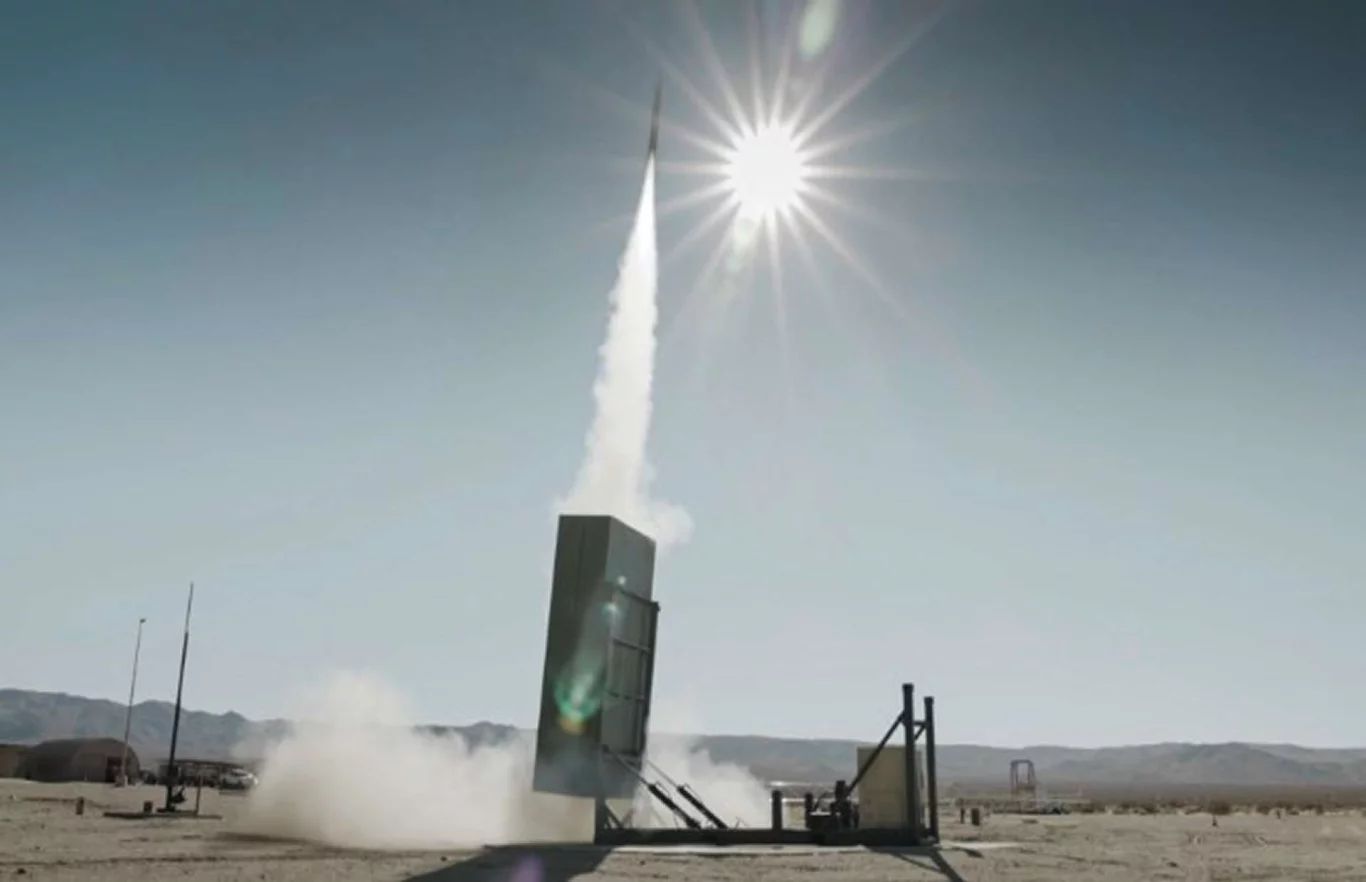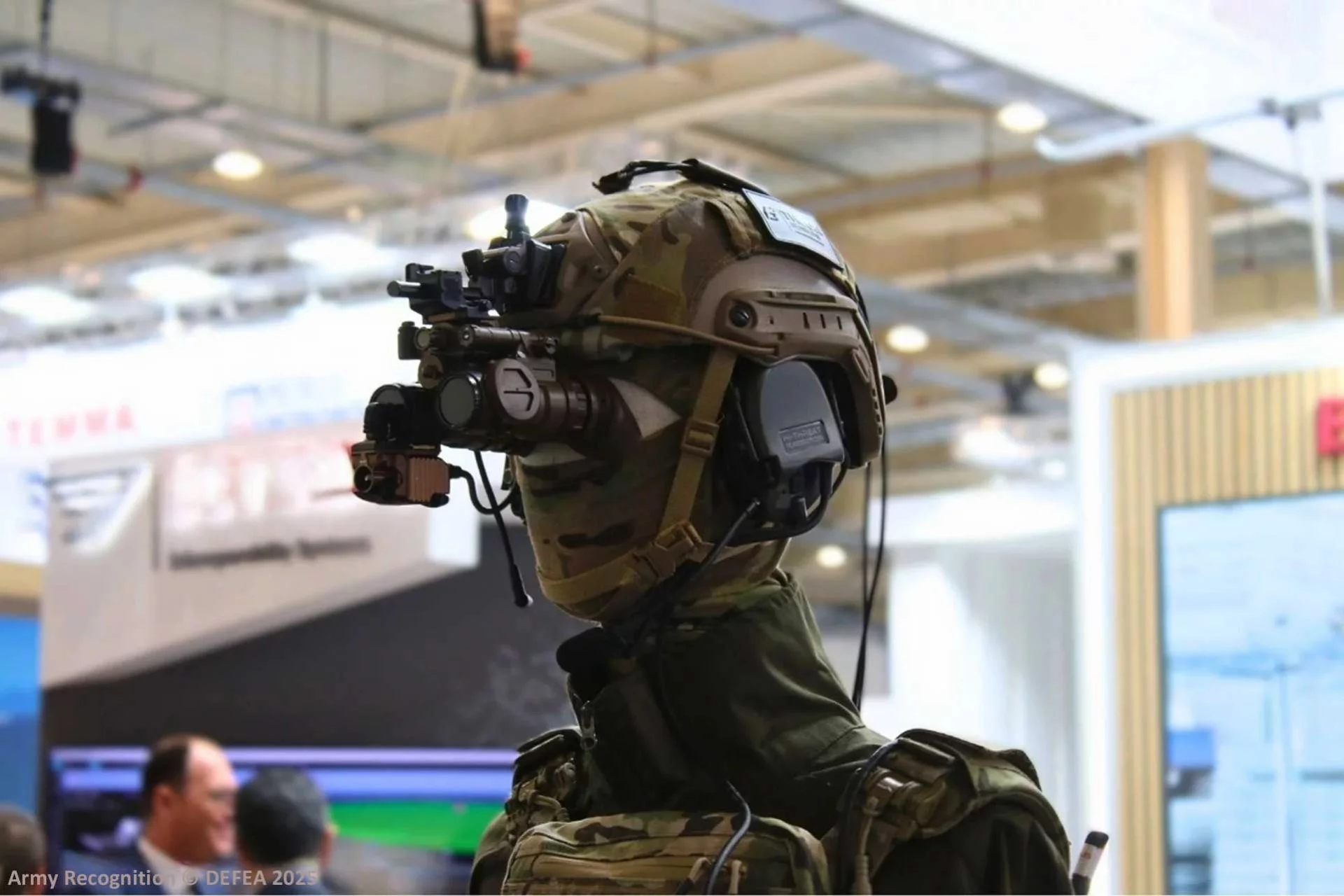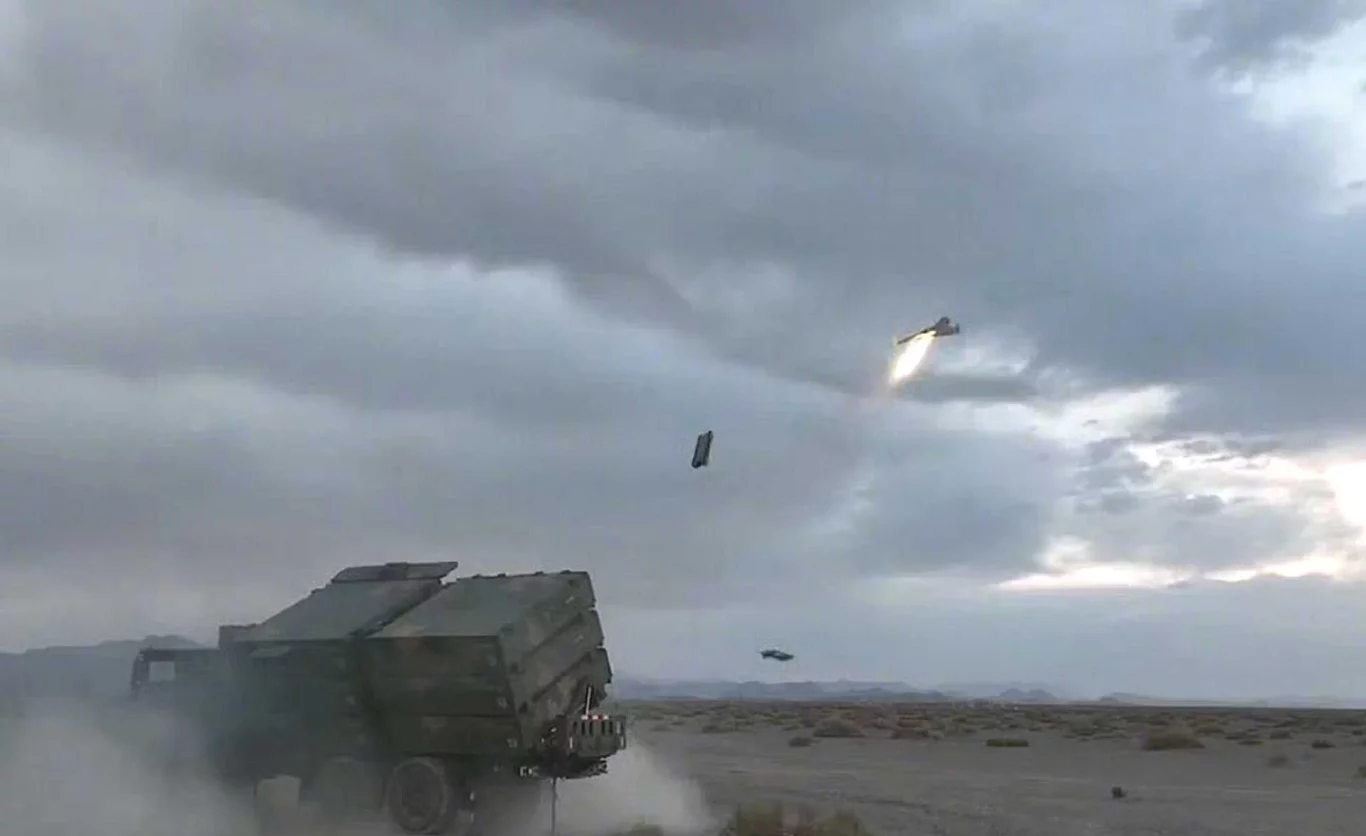The U.S. Pentagon has quietly handed defense startup Castelion Corporation a multi-contract jackpot worth tens of millions to fast-track its revolutionary Blackbeard hypersonic missile into operational Army and Navy arsenals. Announced on October 24, 2025, the awards mark a seismic shift in America’s long-range fires strategy: trading ultra-expensive “exquisite” hypersonic rounds for mass-producible, seeker-guided super-weapons that can be churned out by the hundreds and fired from existing HIMARS launchers. Live-fire demonstrations are already scheduled to prove the concept—and if Blackbeard delivers, it could redefine deterrence in the Pacific, Europe, and beyond.
Castelion Corporation, a low-profile player in the hypersonic race, has already flown more than 20 developmental Blackbeard test articles—a blistering pace that caught the eye of both the U.S. Army’s Rapid Capabilities and Critical Technologies Office (RCCTO) and the Office of Naval Research (ONR). The missile family is explicitly designed for mass production from day one, using commercial-grade manufacturing techniques and modular components to slash per-unit costs to a fraction of legacy hypersonic programs. Unlike the Long-Range Hypersonic Weapon (LRHW)—a Mach 17+ “silver bullet” with a price tag rumored in the eight figures—Blackbeard is positioned as the “80% solution at 20% of the cost.” Budget documents label it “HX3, All Up Round and Canister,” a ground-launched, precision-guided round optimized for time-sensitive moving targets (think mobile SCUD launchers, amphibious assault ships, or air-defense radars) and hardened bunkers deep inside contested airspace.
The Army is running Blackbeard under the Middle Tier Acquisition (MTA) authority—a wartime-style rapid prototyping pathway that bypasses traditional bureaucratic hurdles. The program is split into two high-stakes phases, both funded by a $25 million Congressional appropriation in the FY26 Hypersonics budget line. Phase One, running now through mid-2026, will deliver an air-launched fixed-fin flight demo using a modified government-furnished MLRS Family of Munitions (MFOM) pod, then culminate in a HIMARS-launched Minimum Viable Product (MVP) test fired from an M142 launcher with Army fire-control integration to prove basic hypersonic glide, seeker lock-on, and terminal maneuverability. If successful, Phase Two from 2026 to 2027 will manufacture ten production-representative rounds complete with flight termination systems, conduct end-to-end reliability and manufacturability trials at scale, and transition to full-rate production if metrics are met.
If successful, Blackbeard will plug directly into existing HIMARS sustainment pipelines, leveraging decades of training, logistics, and spare parts already in place for M270 and M142 systems—soldiers won’t need new launchers, just software updates and modified rocket pods. Budget language is crystal clear: Blackbeard is not here to replace LRHW. Instead, it forms the “low” side of a high-low mix alongside the Precision Strike Missile (PrSM) family, delivering roughly 80 percent of PrSM Increment 4 capability at a fraction of the cost. This tiered approach finally gives brigade commanders magazine depth—the ability to ripple-fire dozens of hypersonic rounds in a single salvo without bankrupting the Pentagon.
Parallel Navy contracts reveal a maritime strike roadmap. Early ONR-funded work on an air-launched anti-ship variant hints at future integration with F/A-18 Super Hornets, P-8 Poseidons, or even MQ-25 Stingray drones. At sea, Blackbeard could launch from Mk 41 VLS cells on destroyers or deck-mounted canisters on Littoral Combat Ships, delivering high-speed, low-altitude skimmers that saturate enemy defenses.
Reuters reporting frames Blackbeard as Washington’s answer to China’s DF-17 and Russia’s Kinzhal proliferation. While U.S. programs like LRHW and CPS have delivered unmatched performance, their exquisite cost limits inventories to boutique numbers—dozens, not hundreds. Castelion’s mantra of “build 1,000 missiles, not 10 masterpieces” flips the script, enabling credible conventional deterrence through sheer volume. The program also dovetails with the Common Autonomous Multi-Domain Launcher (CAMDL) initiative—an unmanned, robotic rocket artillery platform slated for the 2030s. HIMARS compatibility is merely the on-ramp; CAMDL will be Blackbeard’s primary ride in the long game.
Key milestones to watch include the first HIMARS-launched MVP shot from White Sands or Eglin in Q1 2026, a seeker-guided intercept of a maneuvering maritime target surrogate in mid-2026, and a potential Joint Pacific Exercise demo with Navy surface combatants in 2027. If Blackbeard nails these, the U.S. Army could field initial operational capability by 2028—a timeline that would make traditional acquisition bureaucrats weep.
The Pentagon isn’t just betting on Blackbeard; it’s betting on a new industrial paradigm for hypersonic weapons. By marrying startup agility with battlefield urgency, Castelion has a shot at delivering affordable, survivable, mass-producible hypersonic fire faster than anyone thought possible. In an era where magazine depth may matter more than individual missile performance, Blackbeard could be the budget superweapon that tips the scales.




